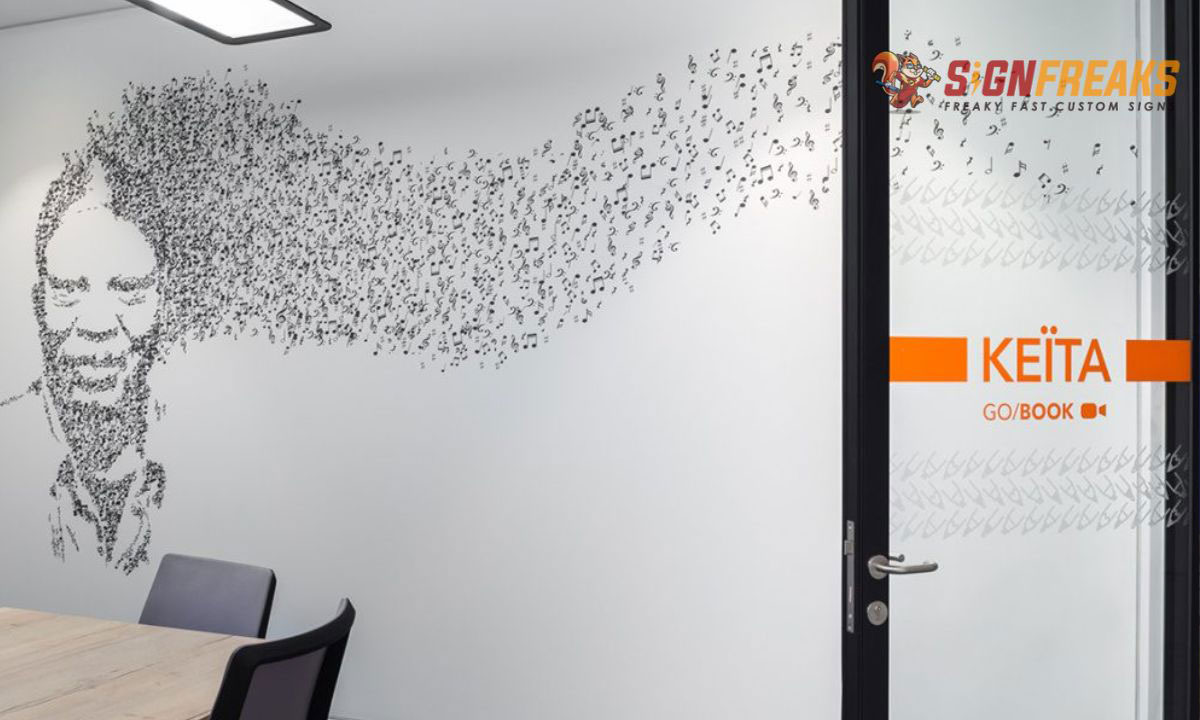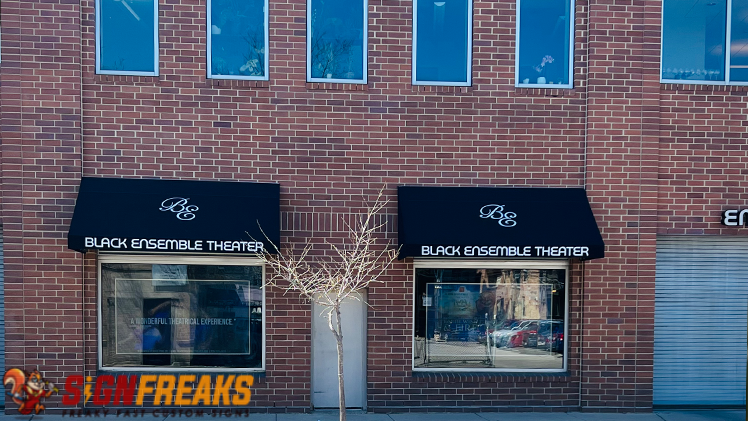Custom vinyl wall graphics are a great way to display important information, advertise your business, or customize your area. Make a gorgeous image or sign that can be attached to any surface using permanent or removable materials. For long-term use, permanent materials are suggested.
Because making a vinyl design may be difficult, we’ve put up this tutorial based on customer questions and concerns. Here are some ideas and techniques to assist you in achieving the best potential results.
Designing Your Decal:
- Unlike designing your outdoor light box sign Chicago, the decal design isnt harder To produce your decal design, our design team may work with PDF, AI, or EPS files. To acquire an estimate for your vinyl graphics, upload your design in one of these file types to our client quotation form. In order for your art file to be printed successfully, it must be in vector format. JPG and PNG file types will not work with vinyl graphic decals.
- Please visit our partner site, 99 Designs, if you need help converting your design to a vector file.
- On one side of your design, the maximum dimension must be 44 inches “or even less.” Our printers can print pages up to 44 inches wide. As a result, one of your design’s sides must be smaller, either in height or width, or both.
- At their thinnest point, your vinyl graphic decals must have a minimum thickness of 1/8th inch. Because our cutting machine is too small, detailed sections of a graphic vinyl design that are thinner than 1/8th inch cannot be cut.
Placing an Order:
- Simply fill out our unique quotation form on our website. If you have ready-to-go artwork, please upload it to the form. One of our sales representatives will call you within 1-2 business days to validate the information and provide an estimate for your consideration.
- Just like channel letters in Chicago, the die-cut lines as well as other manufacturing information will be included in the proof that you will get. Your order will be printed and an invoice will be emailed after it has been approved.
Applying Your Vinyl Graphic Decal:
- Your design will be printed on white vinyl decal material and trimmed around the edges. The waste area will be peeled away and removed during the procedure, leaving just the areas of your design on a waxy paper backing to be saved.
- After your design has been installed, a masking layer is applied over it to protect your vinyl image on both the front and back surfaces. This is the way via which your decal will be sent to you.
- To apply this decal, make sure the surface you’ll be using is clean and dry. After cleaning the surface, we recommend wiping it down with a towel.
- After properly cleaning the surface, carefully peel the waxy paper backing away from the vinyl graphic sticker to reveal the adhesive side. The masking tape should hold your design in place.
- To guarantee a smooth application, place the decal sticky side down on the surface you’ll be putting it to and smooth it out with your hands. Masking is still important over your decal design to prevent it from exposure.
- Using the edge of a credit/debit card or other thin, hard item, smooth away the decal. The most effective method is to begin in the middle of your design and work your way outwards to the pattern’s edges.
- Begin at one edge and work your way gently in the other direction. Until all of the bubbles are smooth and out. Use a delicate peeling motion. Your vinyl graphic decals should stick to any surface that you are going to place on.
Other Tips and Tricks
Furthermore, graphic vinyl decals work best on smooth, hard surfaces such as glass, plastic, and polished wood. They are best for metal surfaces like plexiglass or fiberglass, as well as doors and walls with paint.
This product should not be available on unfinished or dry-walled walls, brick, or abrasive surfaces like cement, among other things.
Vinyl graphic decals with removable adhesive are completely safe to use on cars and will not affect the paint.
We recommend enlisting the help of a second person when applying vinyl graphic decals that are larger than 3′ by 3′.
They come with either a permanent or a removable adhesive. Unlike other forms of graphic decals, they cannot change their position.
The PVC
By chance, they explored the PVC, unlike most other discoveries. Eugen Baumann had made the mistake of putting a flask of vinyl chloride in the sun by accident. A white solid polymer had developed within the chamber as a result. Baumann was a well-known scientist and professor at a number of German universities. He never submitted a patent application for his polyvinyl chloride innovation (PVC).
Later, two scientists from Griesheim-Elektron, a German chemical company, tried unsuccessfully to form the material into marketable objects due to the substance’s challenging processing. The adaptability of PVC was not familiar. Until an American inventor Waldo Semon came up with the notion. He was working for the B.F. Goodrich Company.
The scientist was first charged with producing a new synthetic rubber for Goodrich, an Ohio-based manufacturing company that specializes in the production of vehicle tires. (Before spinning out its tire division to focus on aerospace and chemical manufacturing, the Goodrich Corporation grew to become one of the world’s largest tire and rubber makers.)
Semon began experimenting with vinyl polymers in 1926. Its a substance that was well-known at the time. However, it was widely papular as inefficient by scientists. In the New York Times in 1999, he stated this.“Many considered it was pointless back then” in a recent interview. “They’d throw it away,” I predicted. They had no idea what they were getting themselves into, of course. Still want to know more? then why not contact the best signage company in Chicago








